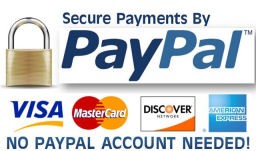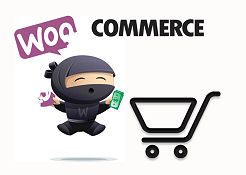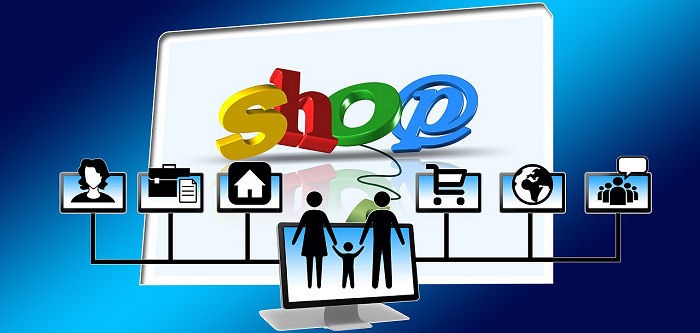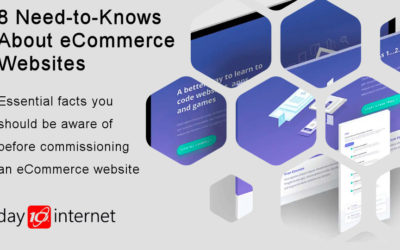This is a question that is frequently arises when a small business owner decides to get a new website or get an existing website revamped. My answer is usually a qualified yes. To make sense of this answer here are some explanations.
Firstly, consider carefully whether or not you really do want to sell online. Only do so if it makes sense, for example if it is going to lead to extra profit. An online shop can require considerable effort to manage and maintain. Notwithstanding that, considerable effort may also be required offline to fulfil orders. All this could demand changes to your business’s working practices. You may also need to hire extra staff to cope with the extra work.
Secondly don’t rush into e-commerce (selling online). Take a phased approach. Pick a few products or services and start selling those initially to test the water. If that works then increase the number of products gradually over time. Setting up a full-blown online shop with all the bells and whistles can be daunting, not just for the web developer but for the customer as well. I’ve seen businesses try to jump in at the deep end and then back out when they find out what’s involved, having spent considerable money in the process.
Start Simple
The best way to start selling online is to use PayPal. You can start by taking payments online using a simple PayPal payment form which allows you to describe the product or service you’re paying for and the amount. The online payment form on www.day10.co.uk is an example of this. Such a facility may be all that some businesses require.

Moving up, PayPal will let you add Buy Now buttons to specific items. These will be pre-set with prices, letting the customers pay for an item with a couple of clicks. Buy Now buttons offer a simple, cost effective solution for people who only have a few products or services to sell online. This may be all you need for your business without any need to go further.
For customers who have decided to sell a complete range of products or services, an e-commerce system is required. These days, web developers will use one of the many available e-commerce platforms as the basis for setting up an e-commerce website. There are many such platforms, all offering similar features to set up and maintain products in a shopping cart, manage stock levels, manage orders, issue invoices and delivery notes, for example.
Some of these e-commerce platforms can be added to existing WordPress websites almost seamlessly. This makes is easy for a business to follow the phased approach to selling online, starting with a relatively simple PayPal implementation and then moving on to a full-blown e-commerce system. WooCommerce is one such system that we have used to add online shops to an existing WordPress websites.

Getting Paid
No matter what you use to allow customers to buy online, some form of online payment system will be required. I mentioned PayPal earlier. PayPal is a perfectly adequate facility to use and is ideal for people starting out taking online payments because there are no set-up fees. PayPal takes a small commission on each transaction.
If you choose to go for an e-commerce system, however, you will require a payment gateway. This is a small software add-on that sits between your e-commerce website and you online payment provider. You will need a payment gateway even if PayPal is your payment provider.
For business that are heavily into online selling and don’t want to use PayPal, most credit card providers offer merchant services that allow online payments into the customers’ existing merchant accounts. However providers do charge for this and it is not cheap, especially when you add in the cost of a payment gateway.
In Conclusion
My advice for anyone wanting to sell online is straightforward. Decide whether or not it makes sense for you to do this. Then start simple and build up gradually. Only go the whole hog with an e-commerce platform if you have lots of products to sell.






